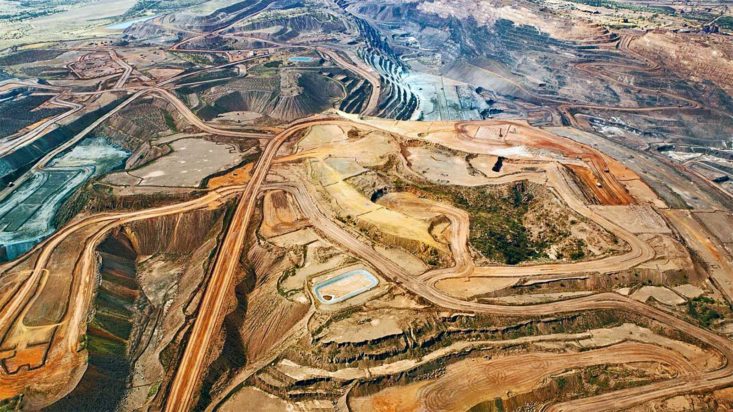Iron ore – just the beginning, or beginning of the end?
“Iron ore remains a commodity that polarises the market” according to Ausbil’s local investment team. Among the stable of strategies is the Ausbil Global Resources Fund which, as the name suggests, must have a strong view on almost every major commodity.
2021 has been dominated by talk of another commodity super cycle. Buoyed by massive Chinese steel production the price of iron ore exceeded US$200 per tonne on multiple occasions. Such has been the strength of the sector that the likes of BHP, Rio Tinto and Fortescue became large holdings in many income-focused strategies.
BHP’s announcement this week has seen a swift sell off in the stock, now exceeding 10 per cent in just a few days, however, this has taken the attention away from what has been the story of the last few years. Iron ore continues to contribution some 80 per cent of BHP’s earnings and even more for Rio Tinto and Fortescue, yet the views on the commodity are continuing to diverge.
In a recent white paper, Ausbil put forward their views on the factors driving the market, whether these will sustain and ultimately, an update on where the opportunities lie.
There are no doubts about where the strength in the iron ore price has been coming from; it has been both demand and supply driven. On the one hand, the Chinese government pivoted back towards their traditional stimulus programs during the pandemic, at least once lockdowns ceased, with property, infrastructure and manufacturing taking centre stage again.
This saw massive steel demand in the latter half of 2020. It is, however, becoming clear, says Ausbil, that a number of policy changes will see this demand ease in latter 2021. On the supply side, one of the world’s biggest producers, Vale, continues to struggle in getting their operations back up to speed following dam failures. More recently labour shortages and COVID-19 outbreaks are likely to see production well below previous years.
Whilst this is likely to be supportive of prices in the very short-term, as production ramps up, prices will no doubt begin to taper, says Ausbil. They are forecasting a ‘tapering’ towards $170 per tonne in the second half of 2021, and $140 in 2022. Their long-term expectation now remains around $70 per tonne.
On a headline level, these may seem quite pessimistic given the recent strength, however, they actually lie at the more positive end of price expectations for the commodity. This is put down to a number of issue, but predominantly a ‘quirk in how the market predicts earnings’.
They suggest that commodity price forecasts consistently predict backwardation, i.e. that prices by their nature will fall over time, as opposed to contango, in which the opposite occurs. This overly simplistic view can result in many investors missing ‘clear and definable drivers of multi-year compound earnings growth’.
Whilst they are more positive than their competitors on the outlook for iron ore prices, their issue is valuation, given the incredible run of the Big Three miners. The result is that ‘based on relative value, and a softening outlook for Iron Ore, results in a current net-short position on the commodity’.
They have a preference for more Battery Material focused commodities including Copper and Nickel along with Oil and Gas that should benefit from an economic recovery.











